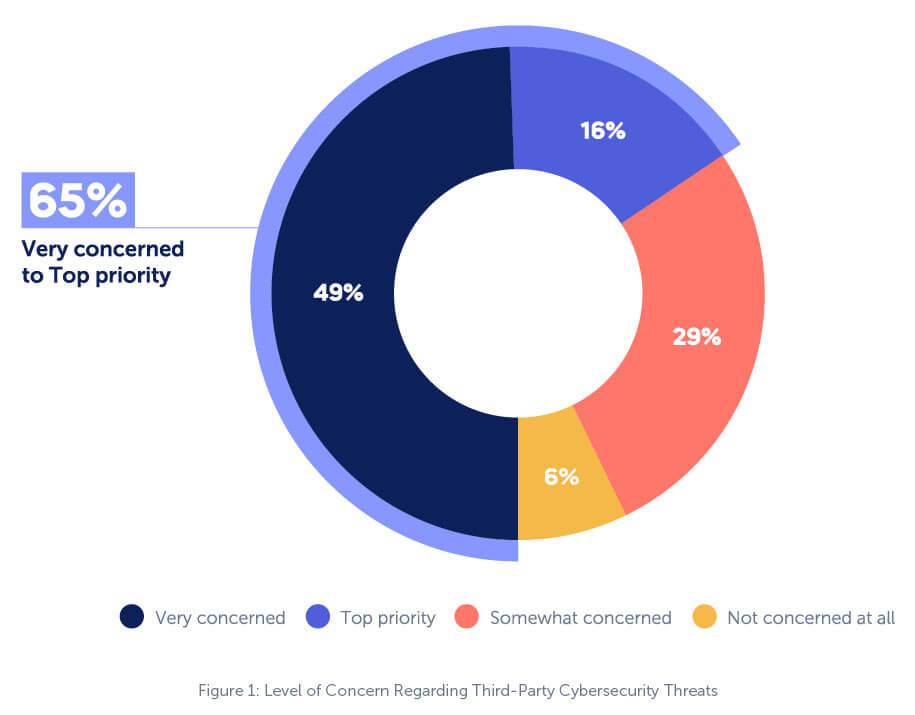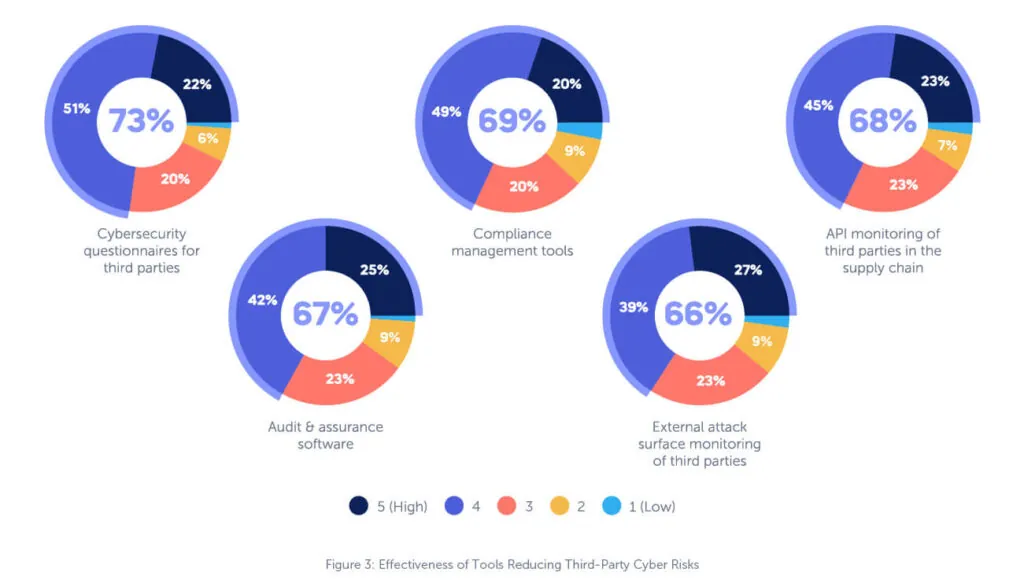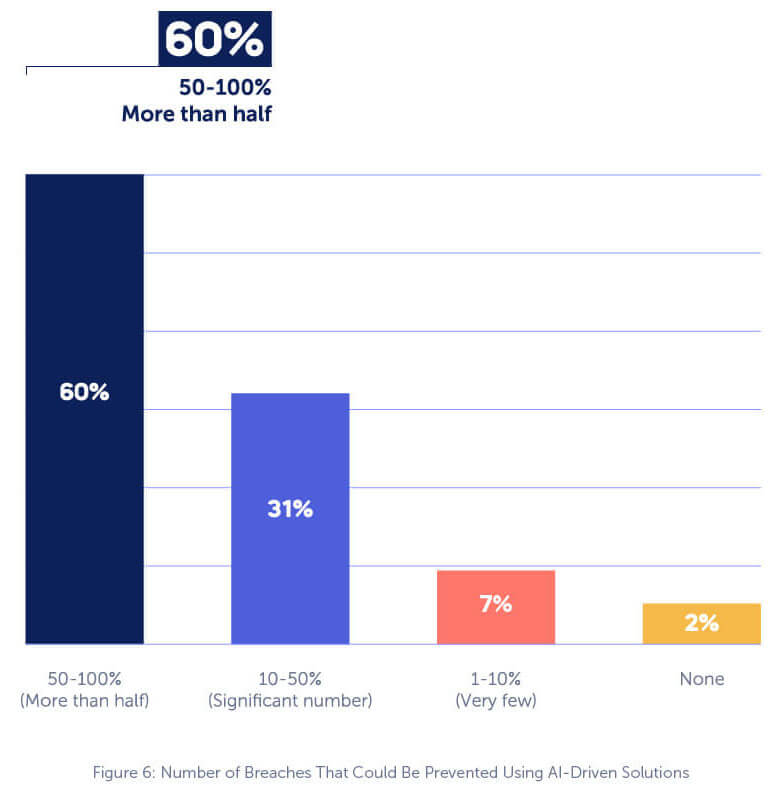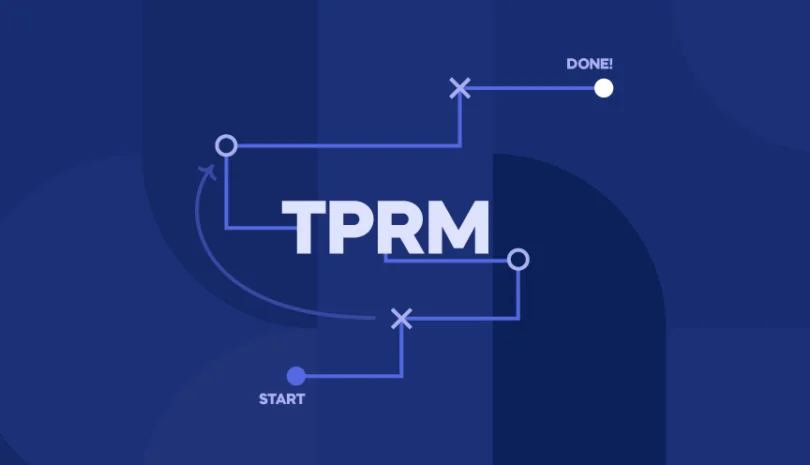In the rapidly evolving landscape of cybersecurity, staying ahead of the curve is imperative for CISOs and Security Managers. The 2024 CISO Survey on Third-Party Cyber Risk Priorities sheds light on the concerns, challenges, and strategic considerations that top security executives are currently facing.
While we won’t get into all of the details of the survey, we will give a sneak peak of some of the key insights. Let’s delve into the key findings and start navigating the intricate web of third-party cyber threats.
Key Insights:
1. High Concerns on Third-Party Cybersecurity Threats
This comes as no surprise. The survey reveals that a staggering 94% of CISOs are very concerned about third-party cybersecurity threats. This underscores the growing awareness of the interconnected nature of cybersecurity and the potential vulnerabilities that external partners may introduce to an organization’s security posture. The larger the enterprise the higher the concern.

2. No Silver Bullet for Managing Third-Party Cyber Threats
As cyber threats continue to diversify, CISOs acknowledge that there is no one-size-fits-all solution. The survey emphasizes the absence of a silver bullet in managing third-party cyber risks, highlighting the need for a comprehensive and multifaceted approach to address the various facets of this complex challenge.

Whether it’s cyber questionnaires, audit and assurance software, compliance management tools or external attack surface monitoring — different tools have different approaches. The data proves it’s the combination that makes cyber risk management complete.
3. Optimism in AI’s Preventative Capabilities
An optimistic 61% of CISOs believe that AI could play a pivotal role in preventing more than 50% of third-party breaches. AI will shore up enterprise defenses by adding much needed visibility, improving supply chain discovery (23%), and in the discovery of third-party assets (21%).

The 2024 CISO Survey on Third-Party Cyber Risk Priorities paints a vivid picture of the challenges and opportunities facing security leaders in today’s dynamic cybersecurity landscape. As organizations continue to rely on external partners and vendors, CISOs must stay vigilant, adopt a holistic approach, and leverage innovative technologies like AI to fortify their defenses against ever-evolving cyber threats.
This survey serves as a compass for CISOs and Security Managers, providing valuable insights that will help them navigate the complex maze of third-party cyber risks, ultimately ensuring the resilience and security of their organizations in the years to come.
Read the full survey with the rest of the insights here: 2024 CISO Survey for Third-Party Cyber Risk Priorities.



